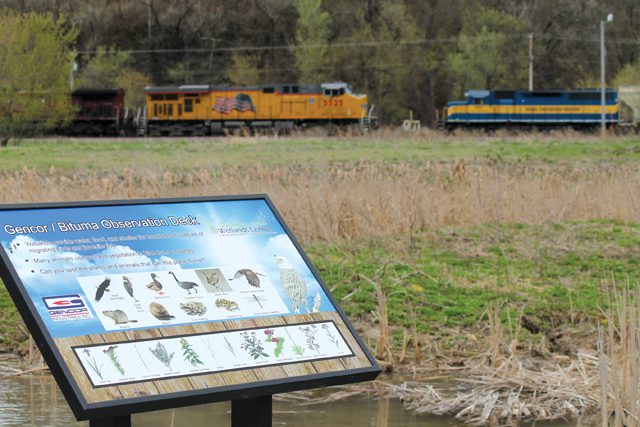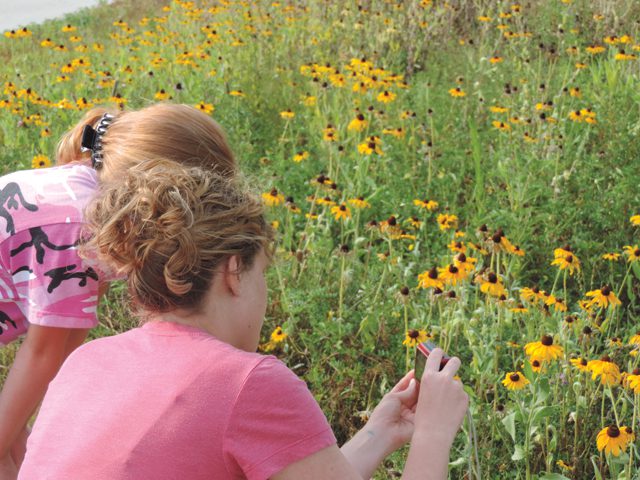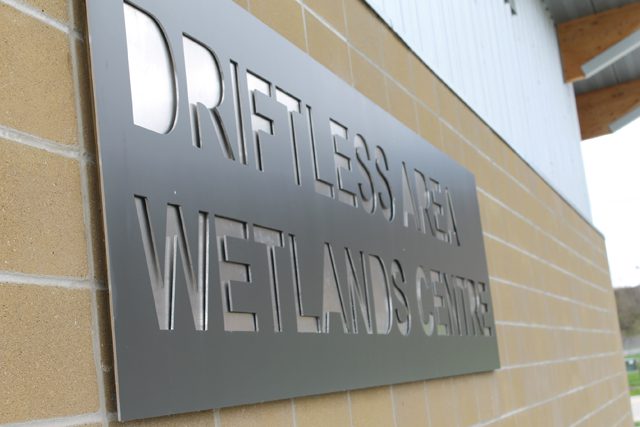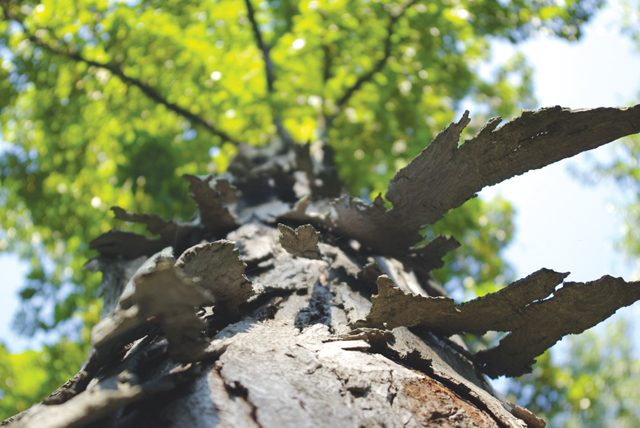
Photo by Lauren Kraus
By Aryn Henning Nichols
Soaring bluffs, craggy rocks, open fields, and mossy trails… yes, the Driftless Region is an amazing place for a nice, long hike. Or even a quick walk!
There are tons of wonderful trails – both rugged and groomed – in Northeast Iowa, Southeast Minnesota, and Southwest Wisconsin. Inspire(d) has featured a good number of them through a series by former contributor Lauren Kraus (see below for the list), but we felt it was about time to talk the walk (pun!) again.
Inspired by the (relatively) new Driftless Area Hikers Club, we decided to catch up with club leader, Peg Matter, to get some hiking tips and new trail ideas. Matter, former co-owner of Decorah Hatchery, was off on the Superior Hiking Trail on Minnesota’s North Shore as we were going to press, so good thing for the Internet!
The Driftless Area Hikers Club was founded by the Decorah Hatchery, and hikes are generally led by Matter. Each month, the club does one full day, 8 to 12-mile-hike in the Driftless Region, and also one half-day, 5-mile hike in the Decorah area. There is also a walking group that meets in Decorah in the parking lot across from the Dunning Springs’ entrance every Tuesday at 5:15 pm for an hour-long walk in the woods. Find details at www.facebook.com/driftlesshikers or by inquiring at Decorah Hatchery (www.decorahhatchery.com).
Plus, more good news: Waking is not only good for your body; it’s good for your mind as well. A recent Stanford study found that walking increases your creativity by an average of 60 percent! As Henry David Thoreau says, “The moment my legs begin to move, my thoughts begin to flow.”
Do you have a favorite trail in the Driftless Region you think we should feature? Let us know! Email aryn [at] iloveinspired.com with your ideas. Thanks!
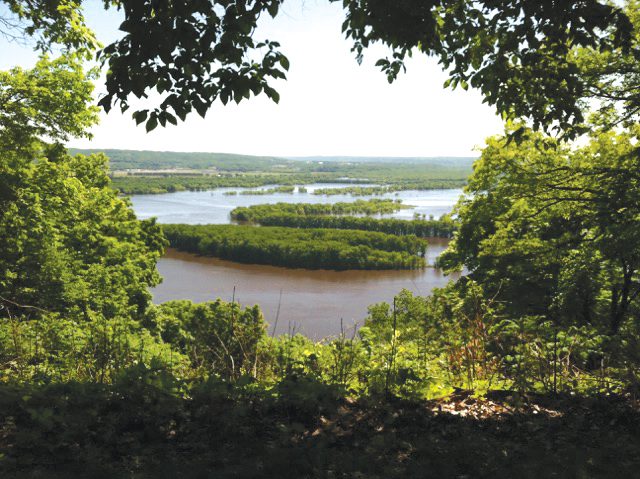
Photo courtesy Peg Matter
———————-
Interview with Driftless Area Hikers Club leader, Peg Matter
Do you have any favorite trails in the area that we haven’t covered yet?
City, county, and state parks provide beautiful, well-groomed hiking trails in the Driftless Region. We even have a national park in Iowa – Effigy Mounds National Park – with plenty of hiking trails, Mississippi river overlooks, and of course effigy mounds that are thousands of years old. There is a great museum and kids can spend the day earning a junior ranger badge.
At Pikes Peak State Park (Iowa) you can see the Wisconsin River entering into the Mississippi along with the limestone bluffs you expect in the region. There is a mature maple forest providing shade on hot summer days and beautiful fall colors later in the season. There are enough hiking trails that you can do an all day loop or head out for just a couple hours.
Backbone State park was Iowa’s first state park and is at the southwestern limits of the Driftless area. You will find a backbone of bedrock jutting out over the Maquoketa River. The river is dammed, providing a lake with a swimming beach or you can kayak around the lake and then up the river a good distance before returning downstream to the lake. There are 21 miles of trail going by springs, caves, sinkholes and karst topography. The East Lake trail and Backbone are not to be missed.
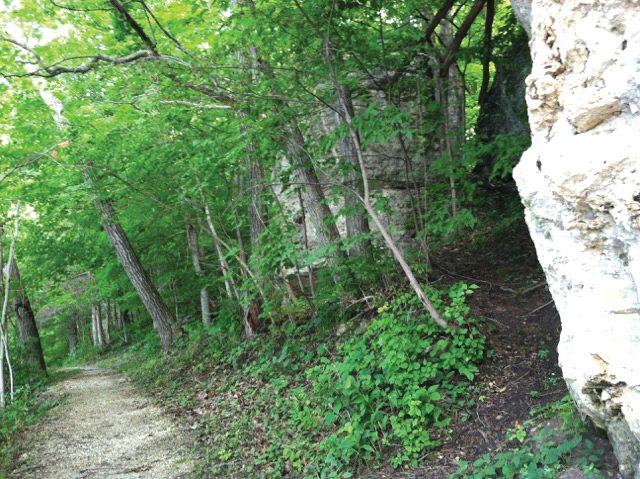

Photos courtesy Peg Matter
————
Details:
Pike’s Peak State Park
McGregor, Iowa
Of special note: There are fossil remains including brachiopods, gastropods and cephalopods, and the trail goes past Bridal Veil Falls, a beautiful (and cool in the summer) spring. Note there is road construction heading into the park through the end of July, 2015
Backbone State Park,
Between Strawberry Point and Dundee, Iowa
Of special note: There are exclusive trails for snowmobiling and /or cross-country skiing in the winter, and also mountain biking trails: Barred Owl, Bluebird, East Lake, and West Lake. Plus, there are opportunities to rock climb here! The most popular climbing spots are located near Backbone Trail. Climbers must register at the park office.
————
What do you need to head out on the trail?
Basics for heading into the woods – other than the all important water – are sun protection (hat, lotion, sun glasses), extra layer (rain coat), first aid supplies, illumination (headlamp or flashlight), and insect repellent. You can spray your feet and socks with insect repellent before heading into a tick area.
If you’re heading out for a longer hike it is important to have a map. Many parks have maps of their trails on line that you can print off before leaving home. Otherwise if there is a map posted at the trailhead, take of picture of it with your phone so that you will have something to refer back to. Learn more about other helpful items by researching the Ten Essentials for hiking (see below for details).
Are there any extra tips you’ve gathered over your years of hiking?
Knowing your plants and animals will enhance your hiking experience. Additionally it’s good to be able to recognize poison ivy, to know which wild parsnip causes a reaction, and to study up on deer ticks to reduce the fear factor. Consider yourself lucky if you ever see a rattlesnake!
Remember the Leave No Trace principle: You carry it in, you carry it out – that means apple cores and orange peels too, so bring a little plastic bag.
What do you think is the best part about hiking?
Hiking is a great way to spend time with friends and family, appreciating the beauty of our parks and feeling good after a nice long walk. The solitude of a walk in the woods is restorative also, just be sure to let someone know that you’re headed out – or sign in at the register box by the trailhead if they have one.
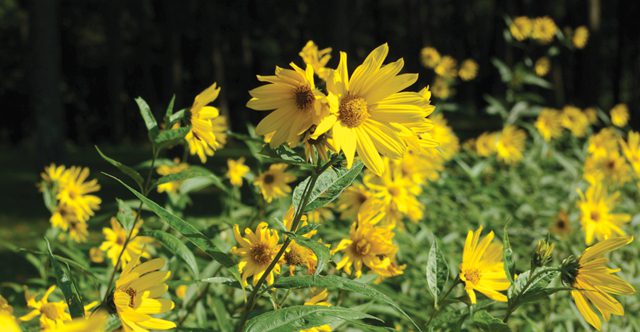
Photo by Lauren Kraus
TEN ESSENTIALS:
The original Ten Essentials list was assembled in the 1930s by The Mountaineers, a Seattle-based organization for climbers and outdoor adventurers, to help people be prepared for emergency situations in the outdoors. In 2003, the group updated the list to a “systems” approach rather than listing individual items (for example, map and compass now fall into the Navigation “system”.)
Updated Ten Essential “Systems”
- Navigation (map and compass)
- Sun protection (sunglasses and sunscreen)
- Insulation (extra clothing)
- Illumination (headlamp/flashlight)
- First-aid supplies
- Fire (waterproof matches/lighter/candles)
- Repair kit and tools
- Nutrition (extra food)
- Hydration (extra water)
- Emergency shelter
Check other features highlighting the Driftless Region!
Decorah Area Trails: Twin Springs, Upper Ice Cave Hill in Dunning’s Spring Park, and Van Peenen Park
Trails north of Decorah: Pine Bluff and Coon Creek
The Backwoods of Winneshiek County: Bear Creek and Pine Creek Areas
Falcon Springs State Wildlife Area and Lionberger Environmental Preserve
Trails at Lake Meyer (Calmar, Iowa) + Mother’s Day Trail in Decorah
Southeast Minnesota: Root River State Trail and Harmony-Preston Valley State Trail
Effigy Mounds National Monument (NE Iowa)
Kickapoo Valley Reserve (SW Wisconsin)





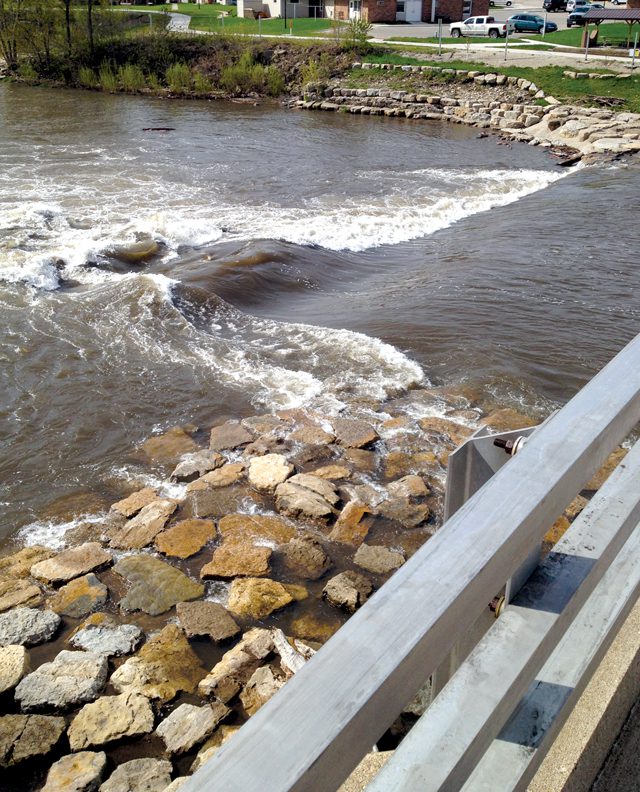
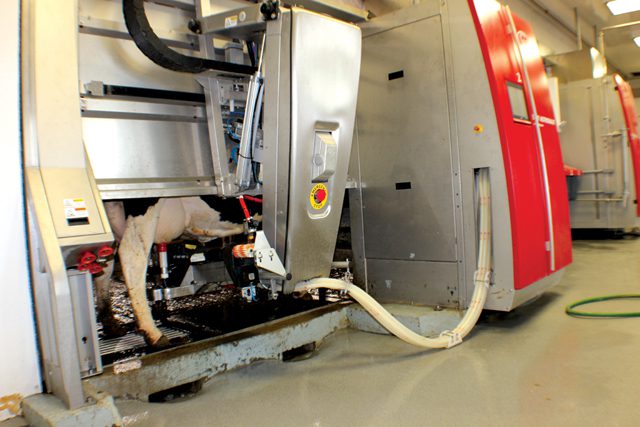
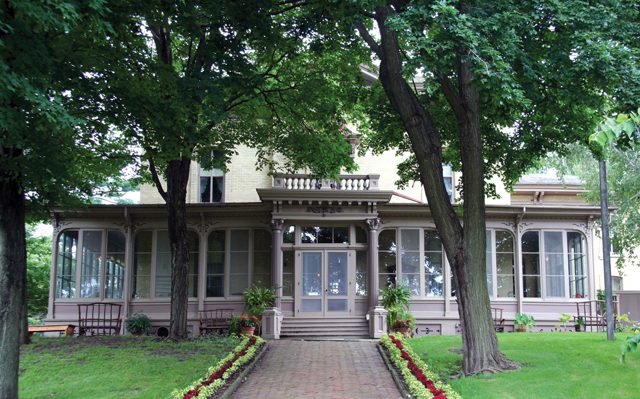

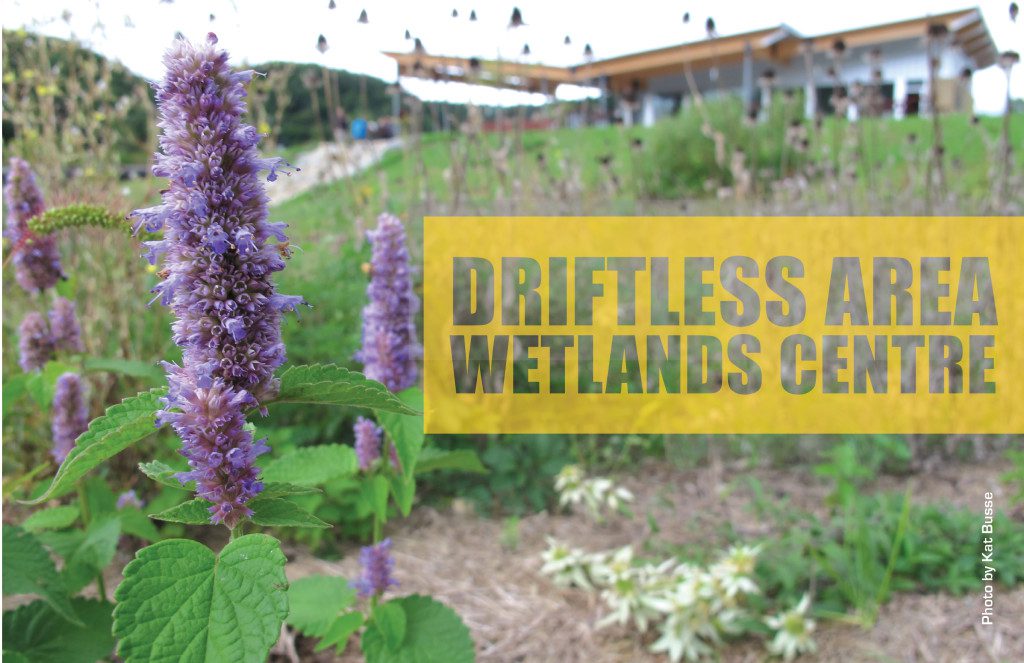
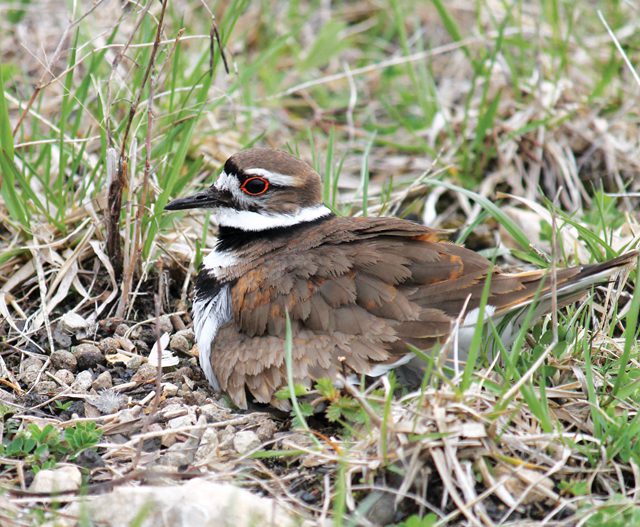
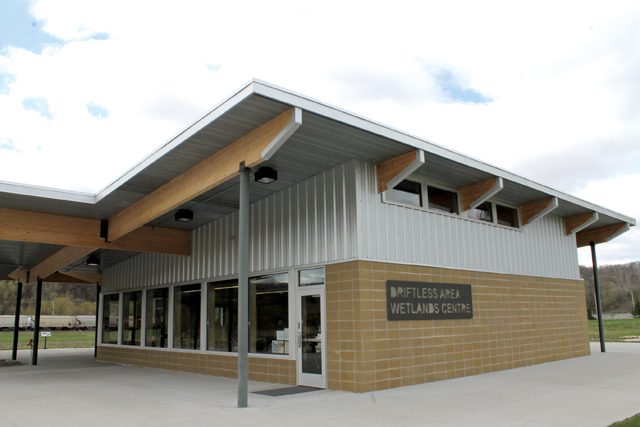
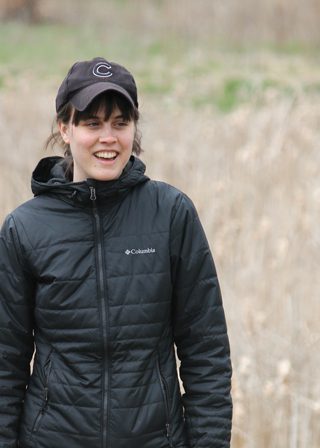 That was exactly the message a committed group of citizen volunteers successfully conveyed to members of the
That was exactly the message a committed group of citizen volunteers successfully conveyed to members of the 